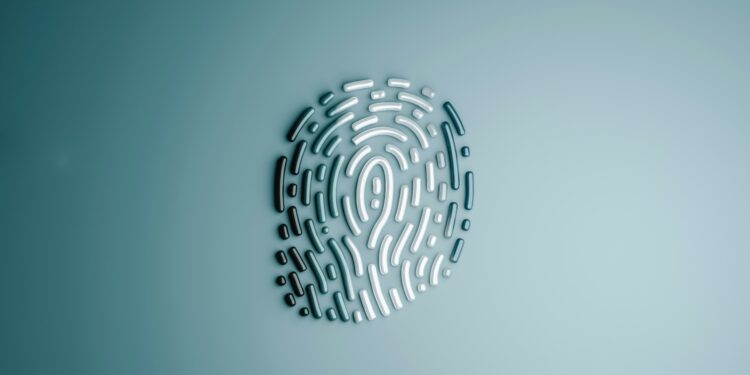In the dimly lit corners of our bustling cities, where the marginalized seek solace and care, there lies a silent threat—a digital specter wielding the double-edged sword of predictive data analytics. This is not the tale of a rogue artificial intelligence (AI) or a dystopian future; it is the unfolding narrative of today’s healthcare system, where numbers and algorithms could unjustly brand the healers among us.
Once hailed as the beacon of modern medicine, predictive data analytics promised a revolution. It was to be the harbinger of personalized care, the oracle that could foresee epidemics, and the sentinel guarding against medical fraud. Yet, as the gears of this data-driven colossus churn, they risk ensnaring those physicians who dare to tread the path less traveled—the path of treating the underserved.
In the ongoing battle against the opioid epidemic, the United States government has adopted aggressive measures to combat what it sees as a critical public health crisis. Recent revelations have brought into question the methods employed by authorities in prosecuting physicians allegedly involved in opioid over-prescription. Despite statutes explicitly prohibiting governmental control over medical practice, data analytics have become a central tool in identifying and prosecuting physicians, branding them as culpable players in the opioid crisis.
Attorney General Jeff Sessions in 2017 declared a policy of targeting physicians who prescribe opioids at higher rates than their peers for prosecution. This approach was further solidified with the establishment of the Opioid Fraud and Abuse Detection Unit, utilizing data analytics to identify and prosecute individuals allegedly contributing to the epidemic. The Justice Department’s stance on physicians who prescribe high volumes of opioids was formalized in 2017 by then-Attorney General Jeff Sessions. Sessions announced a new data analytics program, the Opioid Fraud and Abuse Detection Unit, to target healthcare fraud related to opioids. This program utilizes vast amounts of data, including prescription figures and patient outcomes, to identify outliers for further investigation.
Predictive data analytics, once the heralded savior of modern medicine, promised a new dawn. It was envisioned as the architect of bespoke healthcare, the seer predicting plagues, and the vigilant warden against deceit. But as this behemoth of data grinds on, it threatens to entrap those valiant physicians who choose the road less taken—the noble journey of aiding the neglected.
Critics argue that the use of data analytics as forensic tools in criminal prosecutions raises significant concerns regarding due process and medical ethics. The government’s reliance on undisclosed algorithms to identify potential suspects, often referred to as “pre-crime” tactics, challenges the traditional boundaries of legal procedure and medical decision-making.
What becomes of us when the sterile calculus of analytics overlooks the subtleties of human affliction? What fate awaits the doctor whose treatment choices, driven by the acute needs of their patients, deviate into the realm of statistical outliers? The algorithm is deaf to the anguished cries; it’s blind to the despair in the eyes of those it judges. It only recognizes deviations, and in its binary domain, deviations are errors to be rectified, often with the unforgiving gavel of justice.
In the underbelly of our society, where poverty is a relentless shroud, doctors are more than mere healers; they are the lifelines. They operate in realms where agony is a constant shadow, and solace is fleeting. In these realms, the prescription pad transforms into an instrument of mercy, and opioids, despite their inherent risks, become conduits of solace when administered with wisdom.
The peril is dual. On one side, physicians, the inadvertent victims in the onslaught against opioid misuse, find themselves indicted by mere figures, their motives scrutinized, their livelihoods at stake. On the other, the patients—the overlooked, the voiceless. As doctors withdraw, intimidated by potential reprisal, who will step forward to offer them comfort?
This narrative isn’t a renunciation of data analytics in healthcare; it’s a call for empathy. It’s a reminder that each digit embodies a narrative, each figure represents a life. As we tread the intricate nexus of law, medicine, and technology, we must remember the pulsating hearts at its core. Should we forget, we cast an ominous shadow over the very beings we aim to save, and within that shadow’s embrace, anguish will only proliferate. Let us instead let empathy illuminate our path, ensuring that predictive analytics acts as a beacon of support, not a tool of judgment. Only through this lens can we unlock its true potential for the welfare of all.















